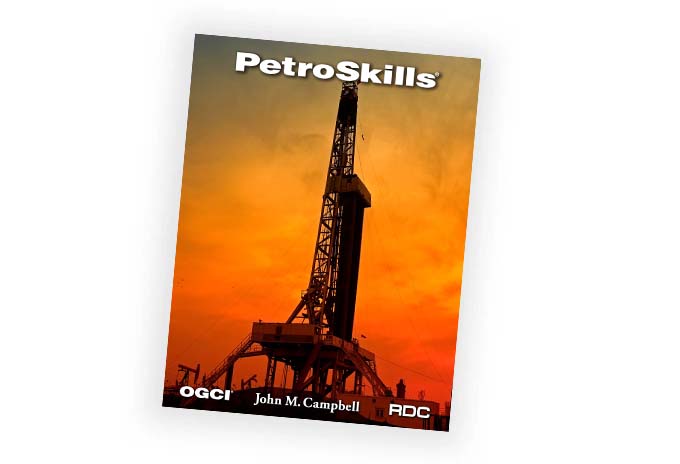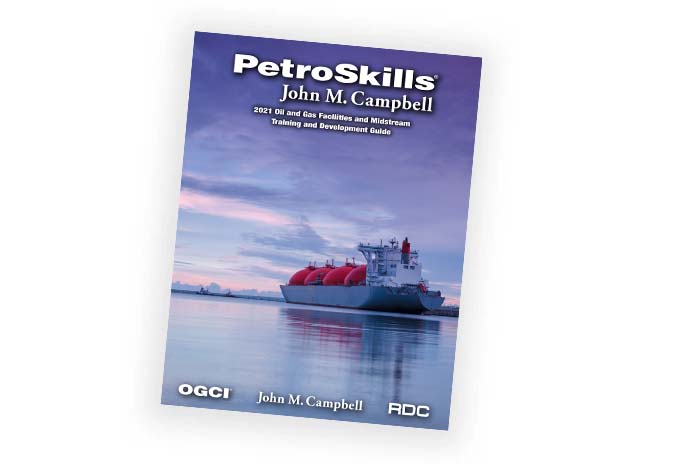Compressional and Transpressional Structural Styles - CPST
About the Course
Compressional and transpressional structures provide some of the world's largest known hydrocarbon reservoirs and remain major frontier plays. 3D seismic has revolutionized structural mapping, but making the most realistic geologic interpretation of these structures requires an ability to recognize and exploit the fundamental forms. This course presents outcrop, subsurface, seismic sections, and model analogs that provide structural interpretation in a wide range of compressional and transpressional environments. Interpretations are validated by restoration and by comparison to balanced models. This course covers the latest restoration techniques and the use of the predictive kinematic models for thrust-fold belts.
"I enjoyed exercises with seismic data. Good explanations of complex theories with simple analogs." - Geologist, United States
"I felt that all subjects were devoted the appropriate amount of time. I like the instructor's current hypothesis on thrust mechanics. The instructor is clearly at the forefront of the field." - Geologist
Target Audience
Geologists, geophysicists, engineers, and managers responsible for the interpretation and drilling of compressive and transpressive structures.You Will Learn
Participants will learn how to:
- Distinguish the characteristics of compressional and transpressional deformation including distinguishing thin-skinned and basement-involved styles
- Identify the fundamental characteristics of the wrench assemblage
- Identify the characteristics of inversion structures
- Use the area-depth relationship to validate cross sections and predict sub-resolution structures
- Apply mechanical-stratigraphic principles to predict the formation and evolution of structures
- Apply restoration and balancing techniques
- Predict structural geometry from sparse or inconsistent data using kinematic models
- Recognize typical oil-field locations and geometries in compressional and transpressional structures
Course Content
- Compressional structural styles and their plate-tectonic habitats
- Wrench assemblage
- Transpressive structures
- Detached (thin-skinned) styles including forearc, backarc, collisional, and deep-water thrust-fold belts
- Basement-involved styles including compressional drape folds, predictive models for rotated blocks, and subthrust plays
- Inversion
- Structural validation criteria
- Selecting the best balancing and restoration technique
- Flexural-slip restoration
- Area-depth technique for section validation, depth to detachment, bed-length changes, and fault prediction
- Fault-bend folds
- Fault-tip folds
- Fault-propagation folds
- Detachment folds
- Buckle folds and the break-fold model
- Duplexes
- Triangle zones
- Growth folds
- Fracturing in compressional structures
- Summary of oil and gas fields
Product Details
Categories:
UpstreamDisciplines:
GeologyLevels:
IntermediateProduct Type:
CourseFormats Available:
In-ClassroomInstructors:
PetroSkills SpecialistAdditional
Request a Public Session
If you are interested in a public session of this course, please click the button below to request it.
Request Public SessionIn-House Training
This course is also available upon request as a private, on-site seminar. Contact us for details and pricing.
Request In-House TrainingNeed Help
Contact us if you have additional questions about how to register for or attend this course.
Contact Us



